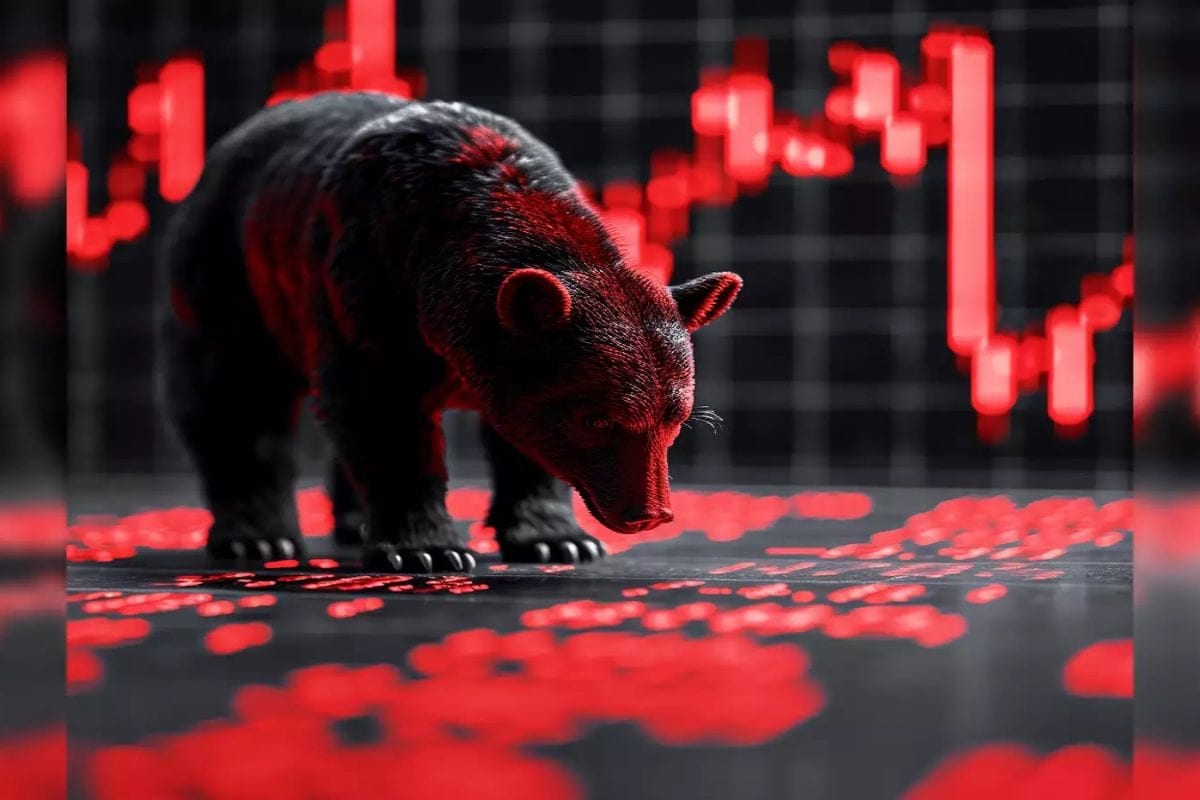

On July 31, 2025, Indian stock markets experienced a significant downturn, causing investors to lose over ₹5 lakh crore within minutes of trading. Both the Sensex and Nifty indices plummeted, triggering widespread concern among investors. Several factors contributed to this decline, creating a perfect storm that rattled the market.
One of the primary triggers for the market drop was the announcement by U.S. President Donald Trump of a 25% tariff on most Indian imports to the U.S., effective August 1. Trump also threatened additional penalties on India for its energy purchases from Russia. These announcements intensified risk-off sentiment and immediately impacted investor confidence. Garments, pharmaceuticals, gems and jewellery, automotive, and petrochemicals are the sectors most vulnerable to the new tariffs.
The global context also played a role. Asian equities were already under pressure due to disappointing economic data from China and a sharp decline in copper prices. This broader unease in global markets amplified the negative impact of the U.S. tariff announcement on Indian stocks.
Furthermore, persistent selling by Foreign Portfolio Investors (FPIs) exacerbated the market decline. Data indicated that FPIs had been net sellers of Indian shares for eight consecutive sessions, pulling out significant amounts of capital in July. This continuous outflow of foreign investment added to the downward pressure on the indices.
Conversely, Domestic Institutional Investors (DIIs) had been net buyers for 18 straight sessions, but their buying activity was not enough to offset the massive selloff triggered by the tariff news and FPI outflows. The Indian market is currently being driven largely by domestic investors.
Concerns about stretched equity valuations and some disappointing earnings reports further contributed to the negative sentiment. The strong rally witnessed in the preceding four months had led to concerns that the market was overvalued, making it vulnerable to corrections.
From a technical standpoint, the Nifty 50 had managed to hold above the support level of 24,750 in the previous session, but the negative opening on July 31 saw it crash below this level. Analysts suggested that a decisive break-down below 24,500 could reignite a bearish trend.
In the initial hours of trading on July 31, the Sensex opened at 80,695.50, nearly 800 points lower than its previous close of 81,481.86. Similarly, the Nifty 50 opened at 24,642.25, down from its previous close of 24,855.05, and plunged almost 1% to an intraday low of 24,635.00. The selloff was particularly intense in the mid and small-cap segments, with the BSE Midcap and Smallcap indices plunging up to 2%.
Market volatility is expected to persist, influenced by global central bank signals, ongoing trade negotiations, and the approaching July F&O expiry. Investors are advised to remain stock-selective and consult with certified experts before making investment decisions, as market conditions can change rapidly.